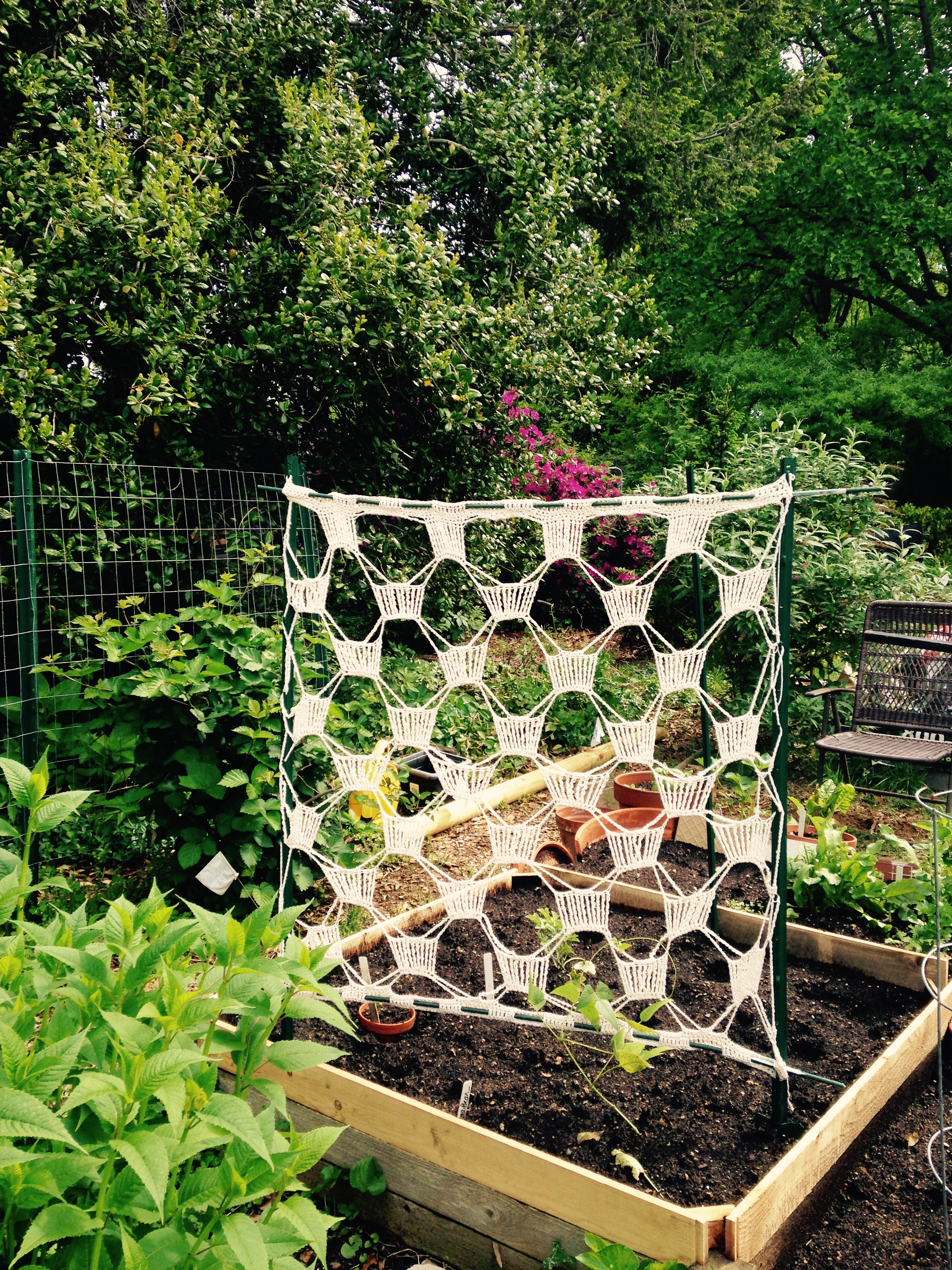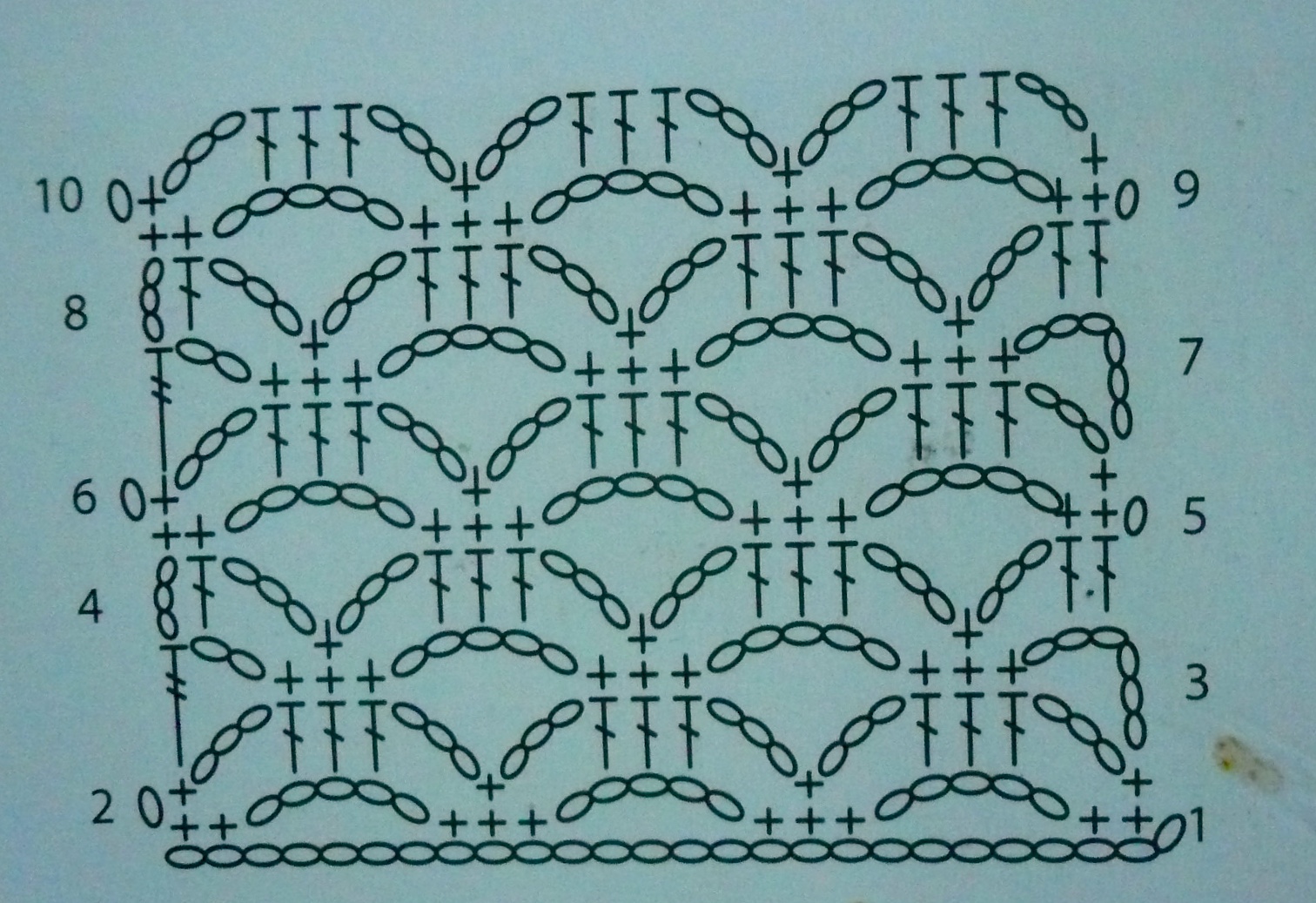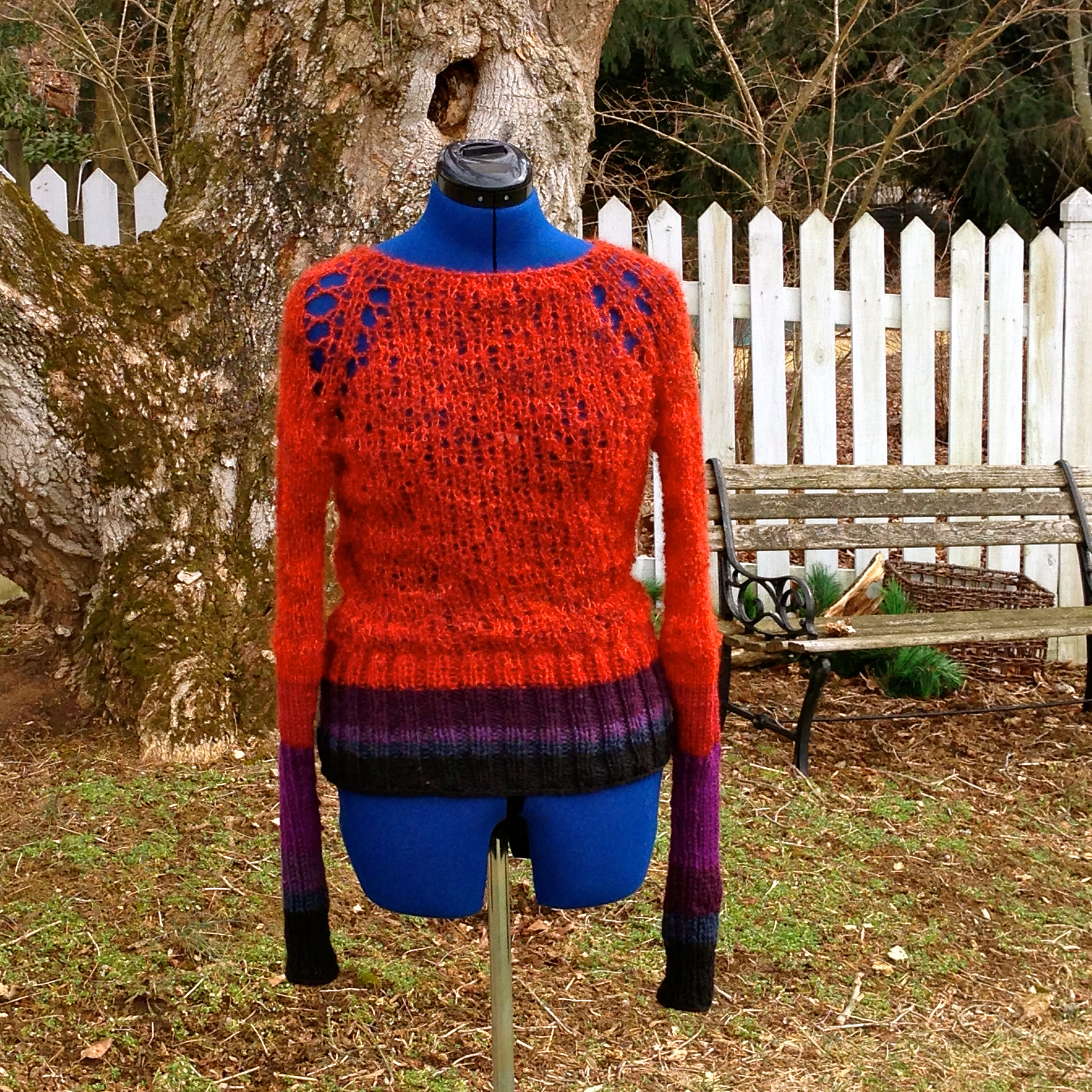
My Italian grandmother Emma originated from Calabria. She became a painter late in life. Well, I don’t know that for certain. She may have painted as a child, or may have painted as an adult while raising seven children. I don’t know.
I do know that when I visited as a child, she kept an easel atopped with canvas with lots of tubes of acrylic paint in a tray that hung beneath. The easel stood in the middle of her kitchen in the way of the refrigerator door, so she could gather the morning light from the window above the sink.
I as a child believed she was magic. I loved her energy and I would follow her like an exhausted puppy. All nintey-five pounds of her swept through her day with the strength and stamina of a young man often provoking annoyance from her adult children trying to visit, “Mama, sit down, for Godsakes!” I never saw her sit.
I spent hours absorbing everything she did from scoring tiny cloves of garlic to use for sauce, looking frightened as she wielded an ancient jagged butcher’s knife with such precision that each slice of the scored clove rendered perfect millimeter squares that dropped in the pan to swim fragrantly in the pool of warm olive oil to helping her lift food waste collected in aluminum pales kept outside her kitchen door to carry to her garden, to scatter around the cucumbers and the carrots barely seen through all dandelion, of which she made soup.
With such joy, I watched her mix her paints smearing the crimson with the white until pink formed to use to grab the sunlight seen in her painting above, Geraniums. She did this all while we laughed and giggled until our sides hurt because she was forever telling silly salacious stories about a naughty boy name Ugo, which we fondly called Ugali. The geranium plant was left atop her kitchen table draped with thick clothe for weeks while she finished her painting. We were forced to eat around her display. I thought this all very Italian.
My aunts and uncles did not appreciate her art. But I loved it. As a child, I wanted to be an artist. Grandmother Emma’s deliberate lack of self-consciousness seemed the perfect persona of the artist I wanted to be. Critics be damned.
When Grandmother passed away, my mother inherited several of her original paintings. The one I loved the most was her potted geraniums.







